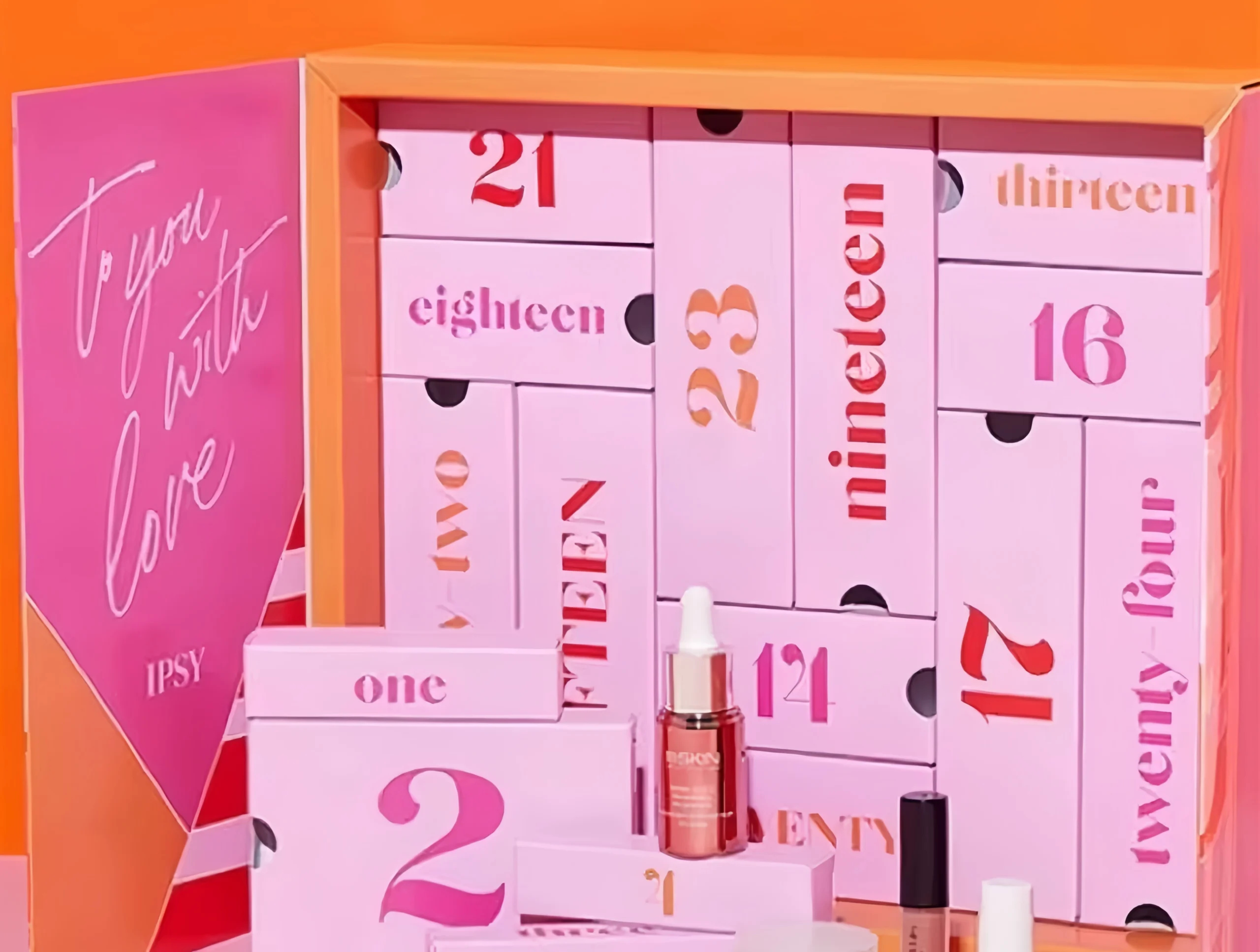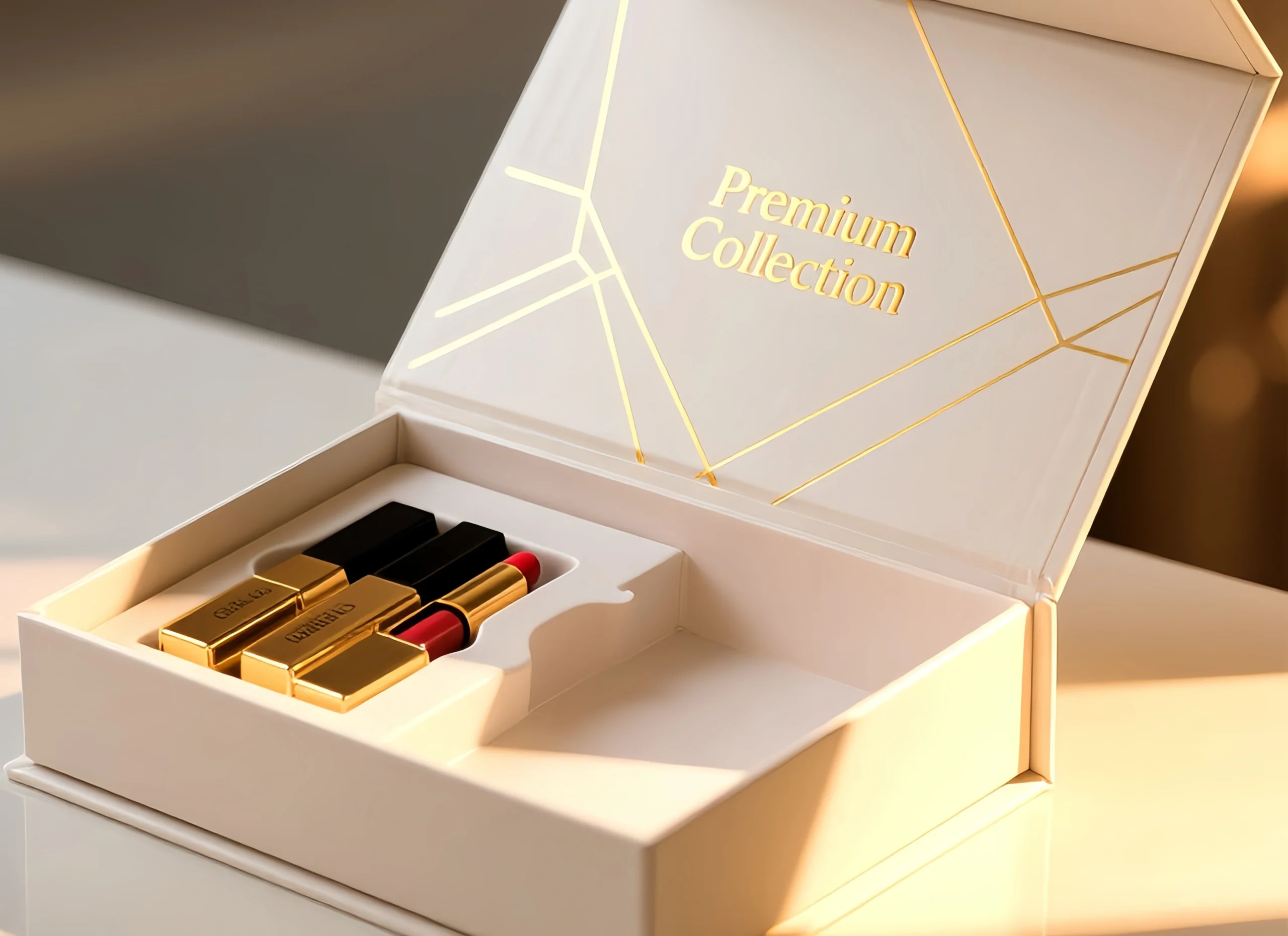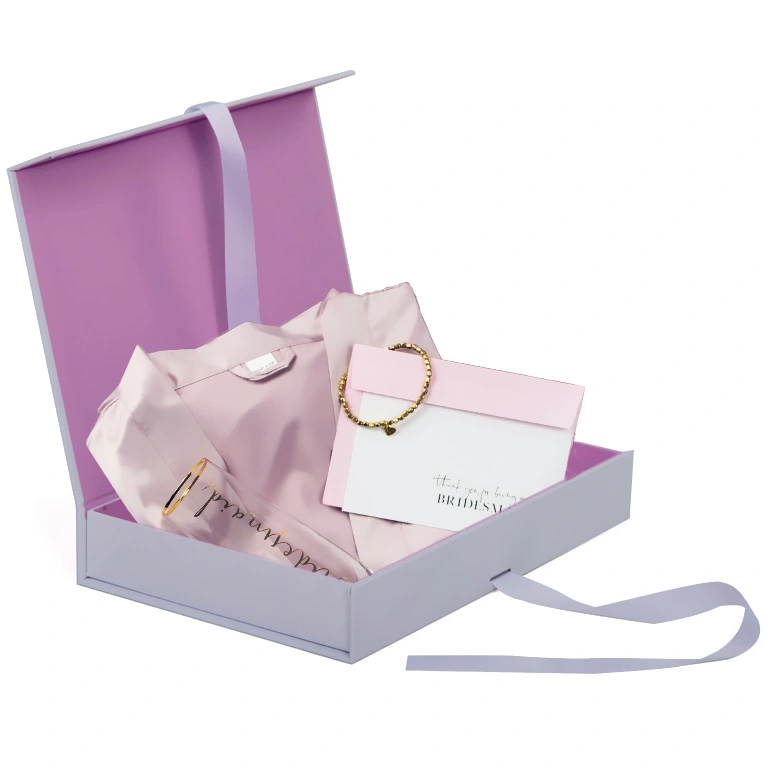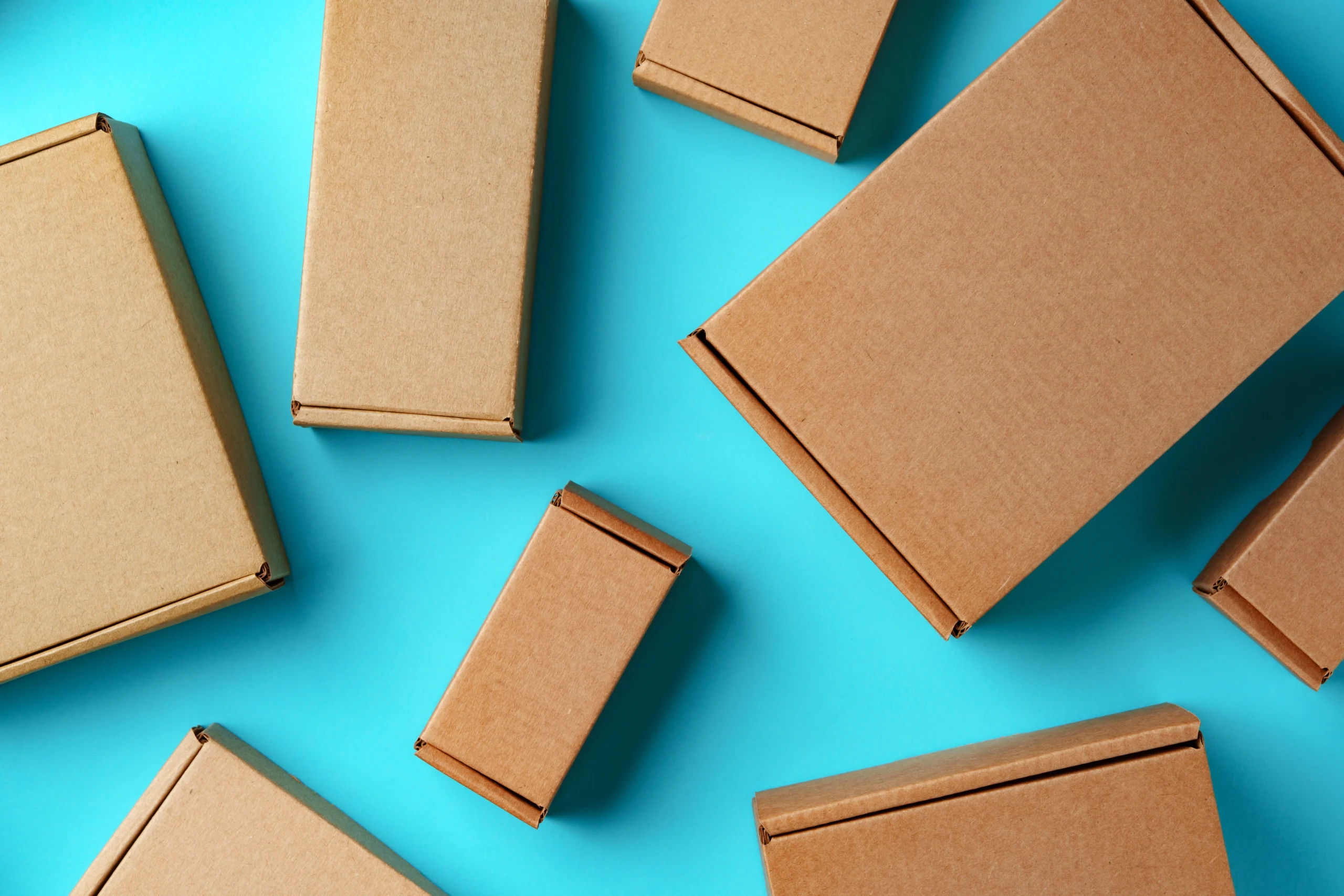Beyond the Box — Why Packaging Matters More Than Ever?
Have you ever found yourself drawn to a product on a store shelf, completely captivated by its packaging? Perhaps it was a new lipstick, a luxurious skincare set, or a quirky snack. What made you choose that particular brand over all the others? Was it an impulse buy, or a conscious decision? Chances are, the packaging played a significant role in your choice.
In today’s crowded marketplace, packaging is far more than just a protective shell for your product. It’s a silent salesperson, a brand ambassador, and a powerful tool for attracting attention, conveying your brand message, and ultimately, driving sales. In this blog, we’ll dive deep into the fascinating world of packaging design, exploring six stunning designs that will not only wow your customers but also provide inspiration for your own product packaging. We’ll also delve into packaging ideas and packaging trends to help you elevate your brand and connect with your target audience. We’ll cover how to utilize creative packaging, and how to think outside the box.
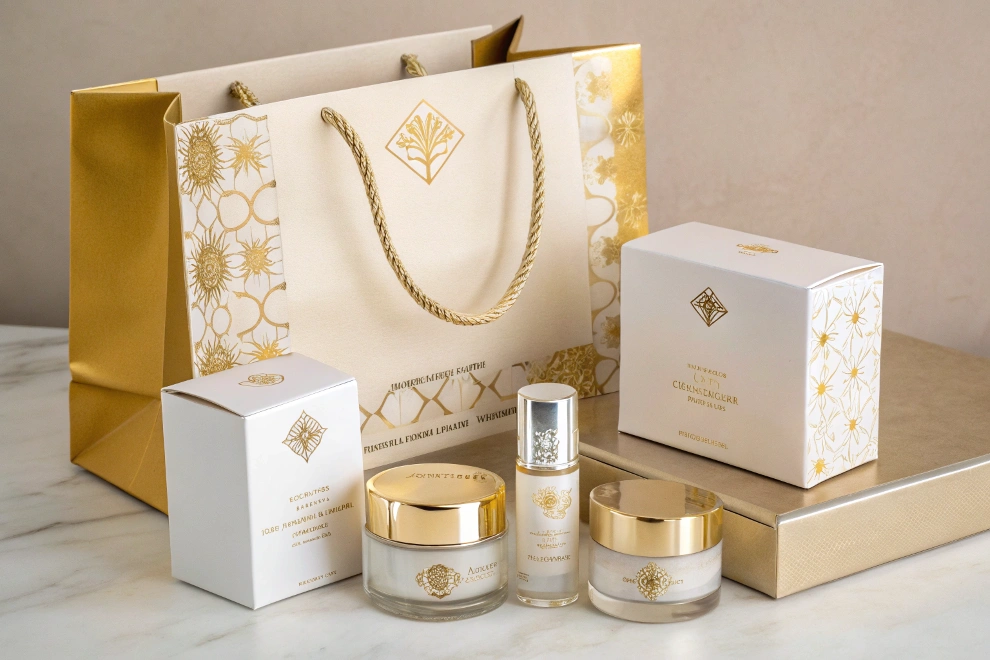
The Psychology of Packaging: Why Does It Matter?
Before we explore specific design examples, let’s understand the psychology behind effective packaging. Packaging influences consumer behavior on several levels:
- First Impressions: In a matter of seconds, your packaging must grab attention and make a positive first impression.
- Brand Communication: Packaging is a visual representation of your brand’s values, personality, and product benefits.
- Emotional Connection: Effective packaging evokes emotions, creating a desire for the product. Think about the feeling of luxury, joy, or sustainability that a package might convey.
- Differentiation: Packaging helps your product stand out from the competition on crowded shelves.
- Practicality & Functionality: Packaging must protect the product, be easy to open, and enhance the user experience.
6 Amazing Packaging Designs to Inspire Your Brand
Let’s explore six examples of creative packaging that illustrate these principles and offer inspiration for your own designs.
1. Making Every Space Count: Maximizing Design with Internal Details
This design showcases how the inside of a package can be as important as the outside. It highlights the value of utilizing every available surface.Imagine a beautifully designed cosmetics box. The exterior might be sleek and elegant, but what about the interior? Instead of a plain cardboard interior, the designer incorporated a stunning floral pattern. This added a layer of sophistication and perceived value. The internal design isn’t just decorative; it elevates the overall experience, making the products within seem even more premium. This also ties into the unboxing experience, which has become a huge trend in packaging marketing.
When designing your own boxes, you need to consider:
- Printing on the inside: Use patterns, colors, or brand messaging on the interior of the box.
- Die-cut inserts: Create custom inserts that not only hold the product securely but also add visual interest.
- Layering: Utilize multiple layers to create a sense of depth and discovery.

2. Embrace Simplicity: Minimalism for Maximum Impact
Sometimes, less is more. This design highlights the power of minimalist packaging design.A beautifully crafted package with earthy tones, eco-friendly materials, and a simple feather illustration. The minimal design, combined with clean typography, creates a sense of calm and sophistication. Minimalism is an effective strategy for many products. The simplicity allows the product itself to stand out, and avoids overwhelming the customer. This package also uses a sustainable packaging approach by utilizing cardboard and recyclable materials.
For a sophisticated look, embrace minimalist design principles. Focus on the product by minimizing extraneous elements.
- Choose a clear color palette – selecting a limited number of carefully chosen colors enhances visual appeal.
- Use white space generously, allowing the design to breathe and preventing visual clutter.
- Elevate the perceived value by using high-quality materials, as even a simple design can feel luxurious with the right paper stock or finishes.
- Consider sustainable packaging options in your selection.
3. Style It Up: Elevate with Stylized Illustrations and Textures
This design demonstrates how to leverage stylized illustrations and textures to create a unique visual identity.For example,one package uses a stylized illustration of a face and hair. The hair becomes a repeated pattern across the box. It provides visual interest without being literal. The subtle visual cues encourage the customer to look closer, making the packaging more engaging. The use of texture can also add tactile appeal, increasing the sensory experience.
To make your packaging visually distinctive, leverage the power of graphics. Develop a unique illustration style that becomes a signature element of your brand.
- Incorporate textures, such as embossing, debossing, or the use of specialty papers, to add tactile appeal and enhance the sensory experience.
- Consider using patterns that are relevant to your brand, product, or story to create depth and visual interest. This builds brand recognition and evokes a higher level of design.
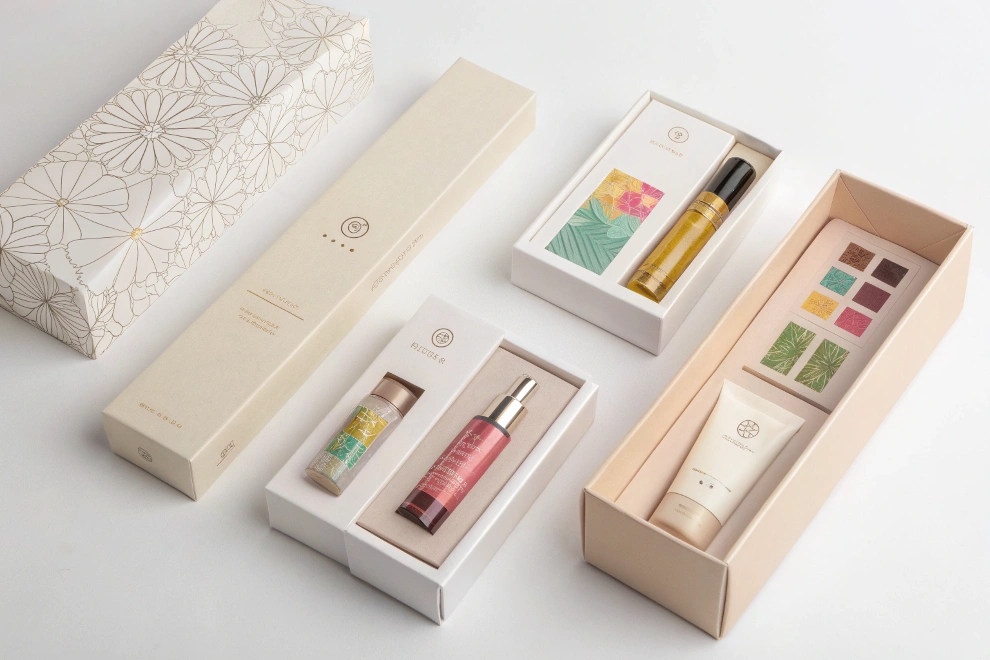
4. Think Outside the Box: Reimagining Traditional Packaging
This example showcases how to challenge conventional packaging ideas. It emphasizes the importance of considering how the customer interacts with the product. Instead of a standard box, a bar of soap is placed inside a folding, envelope-like package. The packaging makes the product feel more special and unique. It elevates the customer experience, and potentially turns the package into something that can be reused or kept as a decorative item.
Push the boundaries of traditional packaging by thinking outside the box.
- Consider the product’s function: how can the packaging improve the user experience?
- Experiment with shapes: don’t be afraid to move beyond conventional formats.
The goal is to create a memorable unboxing experience, making the act of opening your product a distinctive part of the customer journey, building engagement.
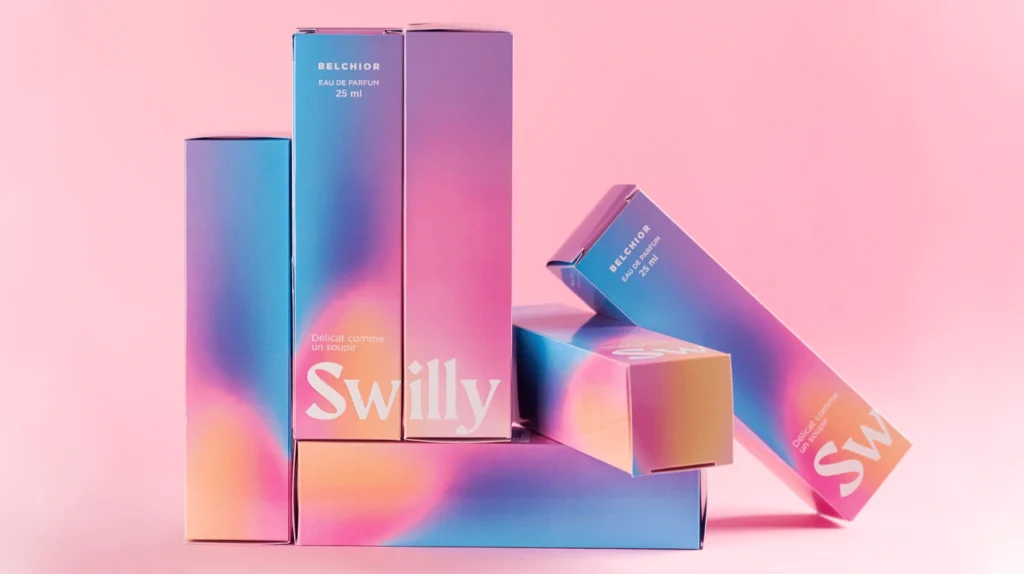
5. Stay True to Your Brand: Reflecting Your Values
This design highlights the importance of aligning your packaging with your brand’s core values.A beauty series is committed to natural ingredients and purity. The packaging reflects this. It’s simple, clean, and natural-looking. The earthy tones also contribute to the natural aesthetic.
Your packaging should be a clear reflection of your brand values. Identify your brand values and ensure they are reflected in the design and materials.
- Use materials that align with your values, such as eco-friendly and sustainable options, if that’s a key brand value.
- Choose colors, fonts, and imagery that consistently reinforce your brand message across all platforms and product lines. If utilizing sustainable options, be sure to highlight these qualities through packaging marketing efforts.
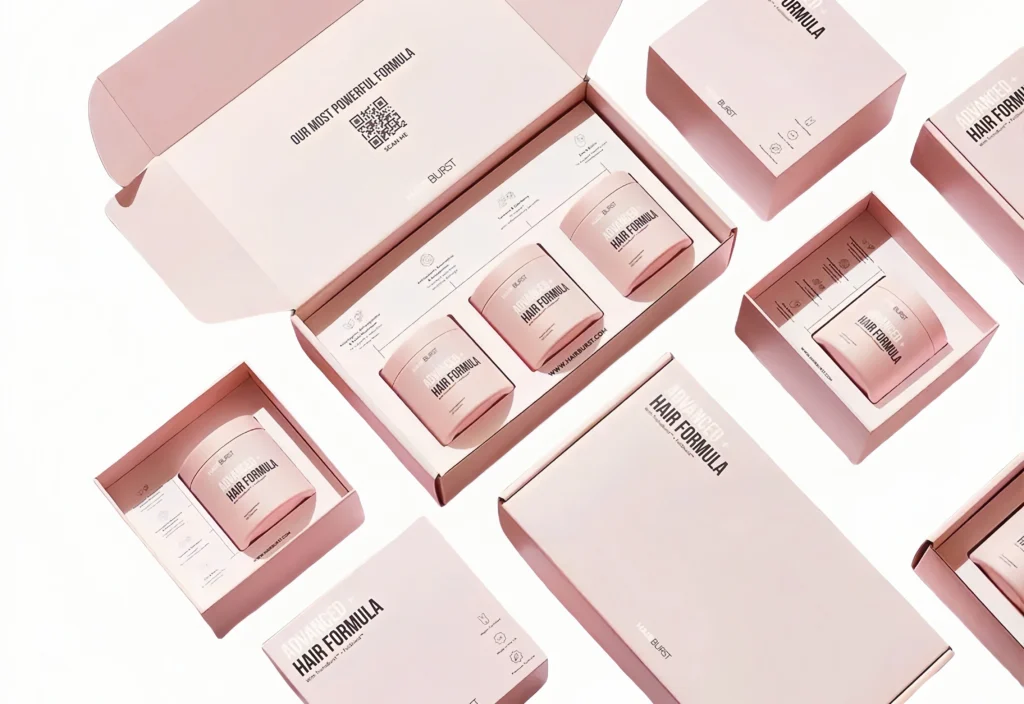
6. Get Creative: Making Products the Star
This kind of design demonstrates how innovative packaging can become a core part of the product.For example,A milk soap is made into the shape of an ice cream bar. It’s unexpected and directly related to the product’s composition.
Think about how to make your packaging more engaging. Think creatively about your product’s form—can you reimagine it? Use the packaging to enhance the product’s experience, focusing on the moment of consumption. This might be a memorable opening, or a container that can be repurposed. Make it fun and engaging, since this increases brand memorability and word of mouth. Create a product that is memorable and desirable to its consumer.
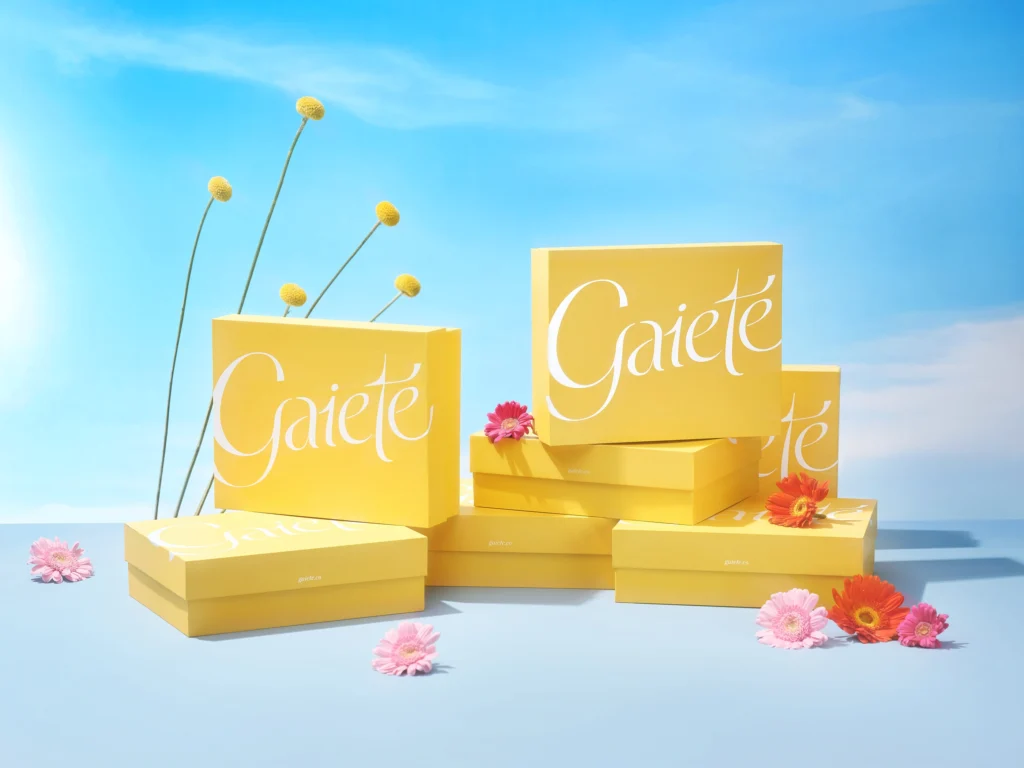
Beyond the six examples above, there are several crucial considerations for successful packaging design:
- Target Audience: Who are you trying to reach? Your packaging must appeal to your target demographic. Consider their preferences, values, and needs.
- Product Protection: The primary function of packaging is to protect the product. Ensure it can withstand shipping and handling.
- Sustainability: Consumers are increasingly concerned about the environment. Explore sustainable packaging options, such as recycled materials, biodegradable materials, and reduced packaging.
- Cost: Packaging costs can significantly impact your profit margins. Balance design aspirations with budget constraints.
- Functionality: Is the packaging easy to open, close, and use? Consider the customer’s experience.
- Regulations: Be aware of any labeling requirements or regulations that apply to your product.
- Printing techniques: Choose the appropriate printing methods to match your design. This can impact your budget and desired aesthetic.
The world of packaging is constantly evolving. Stay ahead of the curve by paying attention to these packaging trends in the future:
- Sustainability: Eco-friendly materials and designs will continue to gain importance.
- Minimalism: Simple, clean designs will remain popular.
- Smart Packaging: Integration of technology like QR codes, augmented reality (AR), and NFC tags to provide additional information or interactive experiences.
- Personalization: Customized packaging that allows consumers to feel a more personal connection to the brand.
- Experiential Packaging: Creating memorable unboxing experiences.
- Upcycling and Reusability: Designs that encourage consumers to reuse or repurpose the packaging.
Conclusion: Packaging – The Gateway to Customer Connection
Your product packaging is your first opportunity to connect with your customers. By taking a strategic approach to packaging design and considering the principles and examples outlined in this blog, you can create packaging that is not only visually appealing but also communicates your brand’s message, enhances the product experience, and drives sales. Don’t just see your packaging as a box; see it as a gateway to a deeper connection with your customers, and the start of a beautiful relationship. Use these packaging ideas as inspiration to unlock your brand’s potential, stand out on the shelves, and turn your packaging into a valuable asset. Remember to always think about your target audience, their values, and what makes them tick. By investing in thoughtful and creative packaging, you’re investing in the future of your brand. Now is the time to unleash the power of packaging!


